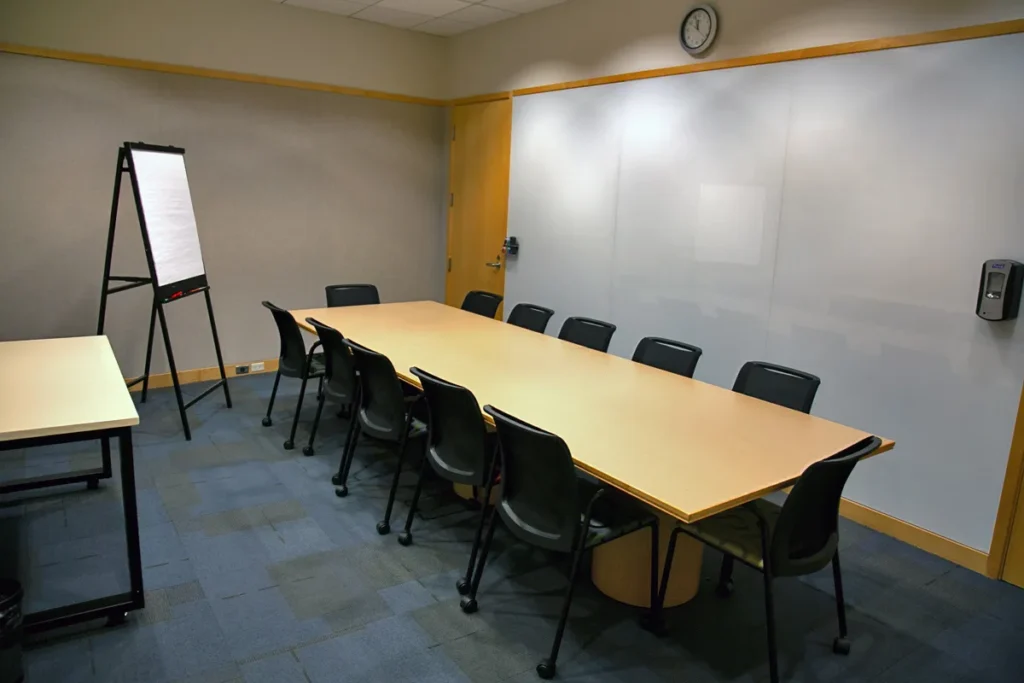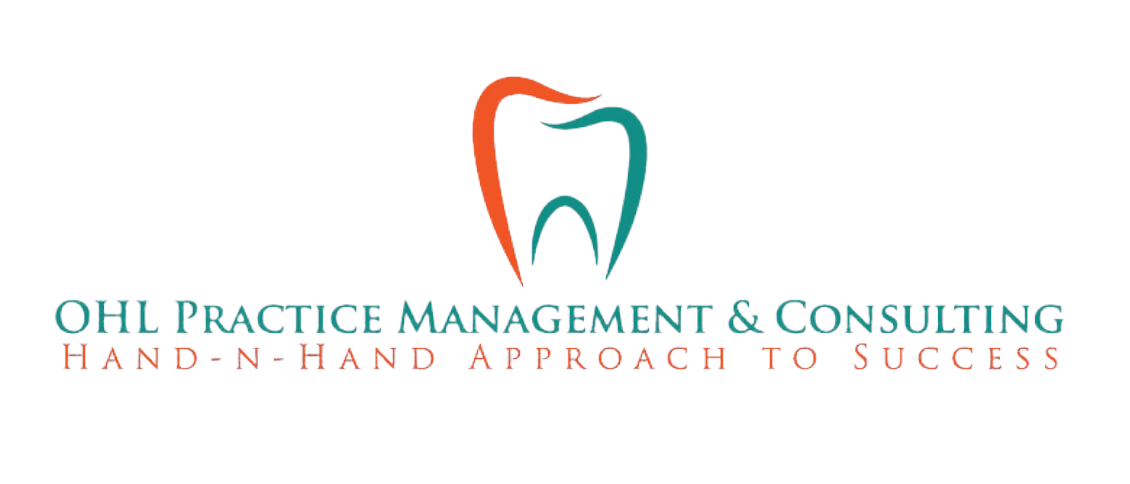Oral appliances are custom-made devices that dentists fit in patients’ mouths to help reduce snoring by keeping airways open during sleep. These comfortable, removable devices work by gently repositioning the jaw or tongue to prevent airway blockages that cause snoring sounds. Camilla Ohl’s 20+ years of dental industry experience and expertise in sleep medicine programs help dental practices successfully integrate oral appliance therapy into their services.
Why Oral Appliances Work So Well for Snoring
Oral appliances represent one of the most effective non-surgical solutions for snoring that dental practices can offer. Camilla Ohl, founder of Ohl Consulting with extensive experience in dental business development, has seen how successful sleep programs transform both patient outcomes and practice revenue.
The main job of oral appliances is to keep your airway open while you sleep. When people snore, it’s usually because their tongue or throat tissues are blocking the air from flowing freely. These custom devices work by gently moving your lower jaw forward or holding your tongue in a better position.
Custom-fitted oral appliances work much better than over-the-counter options because they’re made specifically for each patient’s mouth. Dental practices use detailed impressions and measurements to create devices that fit perfectly and feel comfortable. This personalized approach leads to better patient compliance and more successful outcomes.
The non-invasive nature of oral appliances makes them appealing to patients who want to avoid surgery or complex medical procedures. Unlike other snoring treatments, oral appliances don’t require recovery time or carry surgical risks. Patients can start using them immediately and return to normal activities right away.
Success with oral appliances depends heavily on proper fitting and ongoing adjustments. Dental practices that invest in proper training and follow-up protocols see much better results than those that treat appliance therapy casually. This attention to detail is what separates successful sleep programs from unsuccessful ones.
Understanding How Snoring Happens and How Appliances Help
Successful oral appliance therapy starts with understanding exactly why each patient snores and which type of device will work best for their specific situation. This diagnostic approach helps practices achieve better outcomes and build stronger patient relationships.
Snoring occurs when relaxed throat tissues vibrate as air tries to pass through narrowed airways during sleep. The two main types of oral appliances address this problem differently – Mandibular Advancement Devices (MADs) move the lower jaw forward, while Tongue-Retaining Devices (TRDs) hold the tongue in a forward position.
Proper diagnosis is crucial for determining which patients are good candidates for oral appliance therapy. Dental practices need to distinguish between simple snoring and more serious conditions like obstructive sleep apnea. This assessment helps ensure patients receive appropriate treatment and don’t miss underlying health issues.
Selecting the right type of oral appliance for each patient requires understanding their anatomy and snoring patterns. Some patients respond better to jaw advancement, while others need tongue retention devices. Factors like jaw mobility, tongue size, and dental health all influence which approach will be most effective.
Patient education about how their specific appliance works increases compliance and satisfaction. When people understand why they need to wear the device every night and how it helps their breathing, they’re much more likely to stick with the treatment long-term.
Benefits and Challenges of Oral Appliance Programs
Oral appliances offer significant benefits for both patients and dental practices, but success requires understanding their limitations and implementing proper protocols. Practices that approach sleep medicine thoughtfully see excellent results and patient satisfaction.
Patient experiences with well-fitted oral appliances typically show dramatic reductions in snoring and improved sleep quality. Many people report feeling more rested, having more energy during the day, and receiving fewer complaints from sleeping partners. These positive outcomes create strong patient loyalty and referral opportunities.
The effectiveness of oral appliances varies among patients based on individual factors like anatomy and snoring severity. Here are key factors that influence success rates:
- Severity of snoring and any underlying sleep disorders
- Patient’s jaw mobility and overall oral health condition
- Consistency of device use and proper maintenance habits
- Ongoing adjustments and professional monitoring over time
Customization is absolutely essential for maximizing oral appliance effectiveness. Generic devices simply don’t work as well as properly fitted custom appliances. Practices that invest in quality impression techniques, laboratory partnerships, and adjustment protocols see much better patient outcomes.
Ongoing monitoring and adjustment ensure continued effectiveness over time. Patients’ needs can change due to weight fluctuations, aging, or other health changes. Regular follow-up appointments allow practices to maintain optimal appliance function and patient satisfaction.
Identifying the Right Patients for Oral Appliances
Building a successful oral appliance program requires careful patient selection and proper assessment protocols. Not every snoring patient is a good candidate, so practices need clear criteria for determining who will benefit most from this therapy.
Assessing snoring severity helps determine whether oral appliances are likely to be effective. Patients with mild to moderate snoring often respond excellently to appliance therapy, while those with very severe snoring might need additional or alternative treatments. Proper assessment prevents disappointing outcomes.
Understanding each patient’s medical history and any sleep disorder diagnoses is crucial for safe and effective treatment. Patients with diagnosed obstructive sleep apnea may need medical clearance or coordination with sleep physicians. This collaborative approach ensures comprehensive care and reduces liability risks.
Anatomical considerations play a major role in appliance selection and fitting success. Factors like jaw relationship, tooth condition, and oral health status all affect whether appliances will work well. Practices should develop clear protocols for evaluating these factors during initial consultations.
Patient motivation and lifestyle factors influence long-term success with oral appliance therapy. People who travel frequently, have demanding schedules, or are highly motivated to avoid surgery often do very well with appliances. Understanding these factors helps practices set appropriate expectations.
Building a Successful Oral Appliance Program
Implementing oral appliance therapy effectively requires systematic approaches to assessment, device selection, and patient management. Practices that follow established protocols achieve better outcomes and build stronger sleep medicine programs.
Comprehensive airway evaluation forms the foundation of successful appliance therapy. This assessment should include visual examination of oral structures, discussion of snoring patterns, and evaluation of any related symptoms. Thorough documentation supports treatment planning and helps track progress over time.
Choosing appropriate oral appliances based on patient-specific factors ensures optimal outcomes. With numerous device options available, practices need clear guidelines for selecting the best appliance type for each situation. This decision-making process should consider anatomy, patient preferences, and treatment goals.
Precise fitting and adjustment procedures are critical for patient comfort and treatment effectiveness. Custom appliances require careful attention to detail during fabrication and delivery appointments. Practices should establish clear protocols for initial fitting, break-in periods, and ongoing adjustments.
Patient education and follow-up support encourage consistent device use and long-term success. Clear instructions about wear schedules, cleaning procedures, and what to expect during adaptation help patients succeed. Regular check-ins allow practices to address problems early and maintain positive outcomes.

Knowing When to Refer for Advanced Care
Dental practices offering oral appliance therapy must recognize situations requiring referral to sleep medicine specialists or other healthcare providers. This collaborative approach ensures patients receive comprehensive care and protects practices from liability issues.
Monitoring treatment progress helps identify when appliances aren’t providing adequate improvement. If patients continue experiencing significant snoring or related symptoms after proper appliance therapy, additional evaluation may be needed. Clear documentation of treatment attempts supports appropriate referral decisions.
Patient response patterns indicate when alternative treatments should be considered. Consistent discomfort, inability to adapt to appliance use, or worsening symptoms suggest the need for different approaches. Recognizing these patterns early prevents patient frustration and maintains trust.
Emerging symptoms that suggest more serious sleep disorders require prompt medical evaluation. Signs like witnessed breathing cessation, extreme daytime fatigue, or cardiovascular concerns indicate potential sleep apnea that needs comprehensive assessment. Quick referrals demonstrate professional responsibility and patient care.
Establishing referral relationships with sleep specialists creates seamless care transitions when needed. These partnerships benefit patients while positioning dental practices as valuable members of the healthcare team. Strong referral networks also generate reciprocal referrals for appropriate dental sleep cases.
Professional Development for Sleep Medicine Success
Dental practices entering sleep medicine need ongoing education and support to deliver high-quality oral appliance therapy. Camilla Ohl’s expertise in training and business development helps practices build successful sleep programs that benefit both patients and practice growth.
Staying current with sleep medicine research and best practices ensures practices offer evidence-based care. The field evolves rapidly, and practitioners need regular updates on new devices, techniques, and treatment protocols. This ongoing learning demonstrates commitment to excellence and patient safety.
Embracing new technologies enhances diagnostic capabilities and treatment outcomes. Advanced imaging, digital impressions, and monitoring devices allow practices to provide more precise and effective care. Technology investments often pay for themselves through improved efficiency and patient satisfaction.
Building collaborative relationships with sleep physicians and other specialists creates comprehensive care networks. Here are key benefits of professional collaboration:
- Shared knowledge and expertise that improves patient outcomes
- Referral opportunities that grow sleep medicine programs naturally
- Professional support for complex cases and challenging situations
- Enhanced credibility and reputation in the healthcare community
Developing expertise in sleep medicine positions practices for long-term success in this growing field. As awareness of sleep disorders increases, demand for convenient, effective treatments continues expanding. Well-prepared practices capture this opportunity while providing valuable patient services.
Supporting Patient Success with Lifestyle Integration
Oral appliance therapy works best when combined with appropriate lifestyle modifications and ongoing oral health maintenance. Practices that take a comprehensive approach achieve better outcomes and create stronger patient relationships.
Maintaining excellent oral health is essential when using oral appliances long-term. Regular dental checkups, proper cleaning routines, and monitoring for device-related changes protect both oral health and appliance effectiveness. This ongoing care creates additional patient touchpoints and revenue opportunities.
Addressing contributing factors like weight management enhances treatment effectiveness. Excess weight, particularly around the neck area, can worsen snoring and reduce appliance effectiveness. Practices can provide guidance on healthy lifestyle choices that support better sleep outcomes.
Optimizing sleep positions and bedroom environments complements oral appliance therapy. Side-sleeping positions often work better with appliances, while back-sleeping can reduce effectiveness. Patient education about sleep hygiene and positioning helps maximize treatment benefits.
Growing Your Practice Through Sleep Medicine Excellence
Oral appliances represent a powerful tool for managing snoring that creates significant value for both patients and dental practices. These evidence-based treatments offer comfortable, effective solutions that improve patient quality of life while generating practice growth opportunities.
The proven effectiveness of properly fitted oral appliances has transformed countless patients’ lives by reducing snoring and improving sleep quality. Success stories create strong patient loyalty, positive reviews, and valuable word-of-mouth referrals that fuel practice growth. This positive cycle demonstrates the business value of excellent patient care.
Ohl Practice Management & Consulting’s commitment to helping dental practices succeed in sleep medicine ensures practitioners have the training, systems, and support needed for program success. Camilla Ohl’s extensive experience in dental business development and sleep medicine provides the expertise practices needed to implement and grow successful oral appliance programs.
Ohl Practice Management & Consulting
connect@ohlpracticeconsulting.com
Schedule a consultation today
Frequently Asked Questions
How do oral appliances help with snoring?
Oral appliances work by gently repositioning your jaw or tongue during sleep to keep your airway open. This prevents the tissue vibrations that cause snoring sounds. They’re custom-made for each patient’s mouth to ensure comfort and effectiveness throughout the night.
Are oral appliances suitable for everyone who snores?
Oral appliances work best for patients with mild to moderate snoring who have good dental health. They’re particularly effective for people whose snoring is position-dependent or related to jaw positioning. A thorough evaluation helps determine if you’re a good candidate for this treatment approach.
Will I feel comfortable using an oral appliance every night?
Yes, properly fitted oral appliances are designed for comfort and ease of use. There’s typically a short adjustment period as you get used to wearing the device, but most patients adapt quickly. Custom fitting ensures the appliance feels natural and doesn’t interfere with sleep quality.





